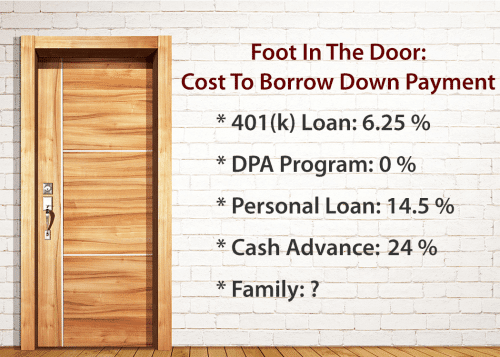It’s kind of fun to watch the ways the stock market moves, and then theorize about what’s happening and why.
SEE ALSO: Donald Trump’s Presidency and Your Investment Portfolio
But if you’re reacting to each new “expert opinion” when managing your own portfolio, or examining every trend and pattern, well … good luck. It’s folly to imagine you can outguess the greed, optimism, fear and other emotions of Wall Street and your fellow investors.
How Wall Street Got the Election Wrong
Take, for example, the so-called Trump Effect, when stocks soared after the presidential election and then continued to produce record-setting highs.
It all seems pretty logical now, with a businessman-turned-president who is expected to cut taxes, roll back financial regulations and, in general, be corporate- and investor-friendly. But that giddy market optimism certainly wasn’t what most experts were predicting before the election.
Advertisement
In contrast with what’s going on today, going into 2016, there didn’t seem to be a lot of confidence in the markets, here or globally, regardless of who the presidential candidates might be. Chinese markets actually used their “circuit-breaker” system multiple times, thereby suspending their markets, because things were so volatile. In the U.S., the S&P was down 5%, the Dow was down over 5.5% and small stocks as measured by the Russell 2500 Index were down 8%.
By all measures, it seemed the party was over and the bull market that started in 2009 finally might be running out of steam just as the election was getting close.
Conventional Wisdom Goes Awry
After the conventions, Hillary Clinton seemed to be Wall Street’s lesser of two evils: The market likes certainty — or so the conventional wisdom goes — and with her, at least you knew what to expect. Donald Trump was a wild card, the talking heads said. (And Clinton had a 90%-plus chance of winning, they told us.)
SEE ALSO: Why Trump’s Move to Dismantle Rule Protecting Investors Isn’t a Bad Idea
Of course, each party was predicting that if the other won, it would take the economy over a fiscal cliff. And even before the election, investors were wondering if they should just get out.
Advertisement
So, the election-night surprise was Trump’s win, and not the futures market’s reaction. According to CNN Money, Dow futures dove 870 points at 12:10 a.m., about a half-hour after Trump was projected to win Florida. (To put that into context, on the worst day in 2008, that number was 800.)
And yet, by the time Trump gave his victory speech, things had rebounded somewhat, and the day after the election, the Dow finished up 257 points. That means the total swing in about a 12-hour period was 1,000-plus points, or more than 5.5%.
Investors’ Worst Enemy: Themselves
Since the election, the S&P is up over 10%, as of early July; the Dow is up over 12%, and the Russell 2500 is up almost 12%. And all those people who tried to guess at what to do just before and just after the election? A lot of them likely guessed wrong — selling low and then buying high to get back in.
Now, this may be one of the more well-known and recent examples of a profound market mood swing, but phenomena like the Trump Effect are not at all unusual.
Advertisement
According to the most recent Dalbar study, the 2016 “Quantitative Analysis of Investor Behavior,” the main reason investors who participate in the markets underperform over time is psychology, due to behaviors such as panic selling and herding.
In other words, trying to time the market hurts far more than it helps.
No More Knee-Jerks … Take a Long-Term Approach
Why are investors so skittish? Information overload. We have so much information to sift through, it’s almost impossible to decide what’s good and what’s biased. And you can’t turn it off. It’s like trying to diet on a cruise ship.
We end up forming an opinion based on what we feel, and we tend to opinion shop until we find a financial professional who matches our preconceived biases, without really knowing that person’s track record or what information he or she has.
Advertisement
That’s why, these days, for financial professionals, educating our clients has to be one of our top goals. Your adviser should be coaching you and monitoring your plan, making sure your risk level is appropriate for your situation and helping you navigate through conflicting signals.
Because, as you can see from the Trump Effect, the markets can move really quickly — for reasons that sometimes can, but often cannot, be predicted or explained.
Kim Franke-Folstad contributed to this article.
SEE ALSO: What Investors Need to Know About Risk
Blake Morris is a CERTIFIED FINANCIAL PLANNER™ professional with The Lloyd Group Inc., based in Suwanee, Ga., where he develops customized plans for retirees and soon-to-be retirees. Blake is licensed to sell insurance.
Comments are suppressed in compliance with industry guidelines. Click here to learn more and read more articles from the author.
This article was written by and presents the views of our contributing adviser, not the Kiplinger editorial staff. You can check adviser records with the SEC or with FINRA.
Why the 'Trump Effect' Continues to Affect Us



 Try the Mortgage Calculator
Try the Mortgage Calculator